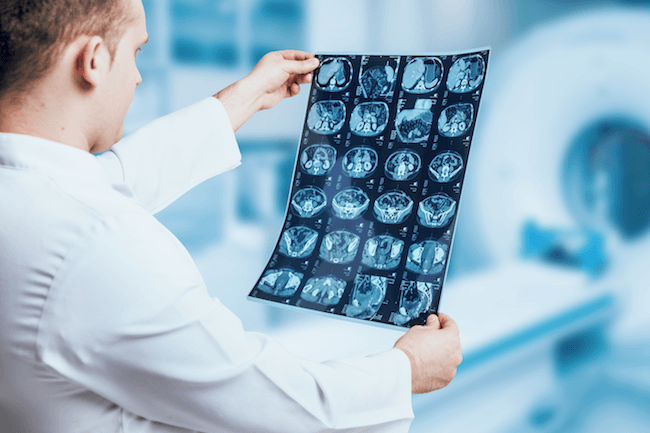Imagine the breathtaking mountains, filled with adventurous souls skiing and snowboarding. Suddenly, a fun-filled day ends in a ‘spine fracture colorado,‘ shifting the scene from a snowy paradise to a medical emergency. I, the radiologist, step into the limelight, decoding the hidden signs in the X-rays, and providing vital information to the rest of the medical team. This scenario unravels the intricate dynamics between radiologists and other medical professionals. It’s a dance of collaboration, expertise, and trust. Today, let’s delve deeper into this crucial relationship.
The Vital Role of Radiologists
As a radiologist, I’m an integral part of the medical team. My expertise in interpreting medical images lays the foundation for treatment plans. It’s like solving a complex puzzle – each piece of information drawn from an X-ray or MRI scan contributes to understanding the complete picture. The surgeon depends on these insights to navigate the labyrinth of the human body.
Interacting with Other Medical Professionals
Interacting with other medical professionals is not just about sharing information. It’s about forming a cohesive unit that works together for the well-being of the patient. From discussing potential treatment options with surgeons to explaining the intricacies of an image to a nurse, it’s a constant exchange of knowledge and ideas.
A Symbiotic Relationship
This relationship between radiologists and other medical professionals is symbiotic. We rely on the surgeon’s expertise to understand the practical implications of the images we interpret. In turn, the surgeon leans on our expertise to comprehend the complexities hidden within these images. It’s a balance of skills and knowledge that ensures optimal patient care.
In the Heart of a Crisis
In a crisis situation like a spine fracture, the role of a radiologist becomes even more critical. Time is of the essence, and every bit of information can be the difference between a successful surgery and a life-threatening situation. In these moments, the collaboration between medical professionals isn’t just important, it’s life-saving.
The Bigger Picture
But it’s not just about crises. Even in routine healthcare, the relationship between radiologists and other medical professionals is essential. The insights we provide help in early detection of diseases, planning treatment strategies, and even in preventive healthcare. Our role is not just about interpreting images, but also about contributing to the broader goal of health and well-being.
So, the next time you hear of a spine fracture or any other medical term, remember the unheralded heroes – the radiologists – who, alongside their medical team, turn the wheels of healthcare, striving to ensure the best possible outcomes for patients.

